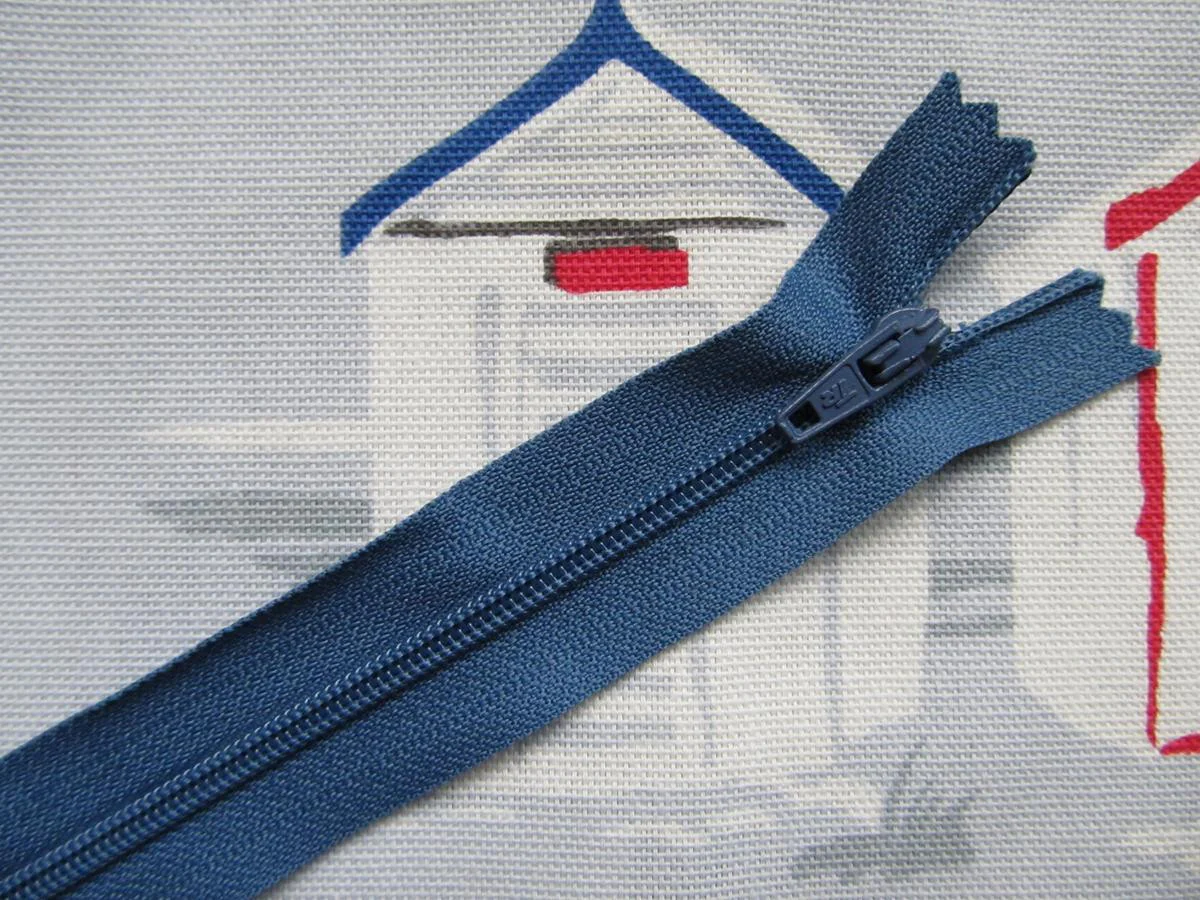The word “zip” is a multifaceted term that carries multiple meanings across various contexts. From its origins in language to its presence in technology, fashion, and even daily expressions, zip holds a unique place in modern culture. This article delves into the many dimensions of “zip,” exploring its history, significance, and how it has shaped our lives. s7_or_s7edge_fixes_debloater_v15.zip/
Origins of the Word “Zip”
The word “zip” traces its roots to the early 20th century. Derived from the sound it imitates, “zip” originally referred to something that moves or happens quickly. The concept of speed and efficiency became its defining characteristic, influencing its application in various domains.
In language, “zip” became a shorthand for rapid action, often accompanied by the onomatopoeic “zipping” sound. Over time, the term evolved to encapsulate a range of meanings, from clothing fasteners to digital compression technologies.
Zip in Fashion: The Iconic Zipper
Perhaps the most recognized use of the term “zip” is in the world of fashion. The zipper, a ubiquitous fastening device, revolutionized clothing and accessories, becoming an essential component of modern design.
A Brief History of the Zipper
The invention of the zipper dates back to the late 19th century when Elias Howe, the inventor of the sewing machine, patented an “Automatic, Continuous Clothing Closure” in 1851. However, it wasn’t until 1913 that Gideon Sundback, a Swedish-American engineer, perfected the modern zipper design.
Marketed initially as the “hookless fastener,” the zipper gained popularity in the 1920s when the B.F. Goodrich Company used it for boots and tobacco pouches. They coined the term “zipper,” referencing the device’s quick fastening ability and the signature “zip” sound it makes.
Impact on Fashion
Zippers transformed the fashion industry by providing a practical and stylish alternative to buttons, hooks, and laces. They are now integral to:
- Clothing: From jeans and jackets to dresses and skirts.
- Accessories: Bags, wallets, and luggage rely heavily on zippers for security and convenience.
- Footwear: Boots and athletic shoes often incorporate zippers for ease of use.
The zipper’s design has evolved, with innovations like invisible zippers, waterproof zippers, and decorative zippers enhancing both functionality and aesthetics.
Zip in Technology: Compression and Speed
In the digital age, “zip” has taken on a technological connotation, most notably in file compression and data transfer. The term embodies the essence of efficiency, encapsulating the idea of reducing file size and speeding up processes.
File Compression
The introduction of ZIP file format in 1989 by Phil Katz revolutionized how digital files are stored and shared. ZIP files use lossless compression to reduce file sizes without compromising data integrity. This technology is widely used for:
- Data Storage: ZIP files save disk space by compressing large files.
- File Sharing: By bundling multiple files into a single compressed archive, ZIP files simplify data transmission.
- Security: Encrypted ZIP files add an extra layer of protection for sensitive information.
Speed and Efficiency
The concept of “zipping” has extended to data transfer and internet speeds. Terms like “zipping through files” or “zipping across the web” reflect the importance of speed and efficiency in modern technology.
Zip in Everyday Life: Expressions and Applications
The word “zip” has also embedded itself into everyday language and practices, often symbolizing quickness or energy.
Common Expressions
- “Zip it!”: A colloquial phrase used to tell someone to be quiet.
- “Full of zip”: Describes someone or something that is energetic and lively.
- “Zip past”: Refers to moving quickly by someone or something.
These expressions highlight the versatility of the term and its association with speed and vigor.
Transportation
The term “zip” has inspired names for services and products associated with quick and efficient transportation. Examples include:
- Zipcar: A car-sharing service designed for urban environments, emphasizing convenience and speed.
- Electric Scooters: Many e-scooter brands and services use “zip” to convey the swiftness of their vehicles.
Zip Codes: Organizing the Modern World
The term “zip” also plays a crucial role in mail and logistics. The ZIP code system, introduced in the United States in 1963, revolutionized postal services by providing a systematic way to sort and deliver mail.
How ZIP Codes Work
ZIP codes (an acronym for Zone Improvement Plan) are numerical codes assigned to specific geographic areas. They streamline the mail delivery process by:
- Identifying Locations: Each ZIP code corresponds to a particular region, city, or district.
- Facilitating Efficiency: Automated systems use ZIP codes to route mail more effectively.
- Enhancing Accuracy: Reducing errors in mail delivery ensures timely and reliable service.
Global Adaptations
While ZIP codes are unique to the United States, similar systems exist worldwide. Countries like the United Kingdom, Canada, and Australia use postal codes to achieve similar benefits.
The Cultural Impact of “Zip”
Beyond its practical applications, “zip” has become a cultural symbol, representing speed, efficiency, and innovation. It appears in:
- Pop Culture: References to zipping are common in movies, music, and literature, often symbolizing action or rapid change.
- Advertising: Brands use “zip” to convey energy, quickness, and modernity.
- Art and Design: The zipper motif has inspired artists and designers, symbolizing connectivity and closure.
The Future of Zip
As technology and culture continue to evolve, so too will the applications and meanings of “zip.” Potential areas of innovation include:
- Advanced File Compression: New algorithms could make digital zipping even more efficient.
- Sustainable Fashion: Eco-friendly zippers made from recycled materials could reshape the fashion industry.
- Smart Zippers: Integrating zippers with sensors and smart technology could enhance their functionality in clothing and accessories.
Conclusion
From its humble beginnings as a linguistic term to its prominence in fashion, technology, and daily life, “zip” has become a multifaceted symbol of efficiency and progress. Whether it’s the sound of a zipper fastening, the compression of a digital file, or the speed of a delivery service, zip continues to shape the way we live and interact with the world.
As we look to the future, the potential for innovation and creativity surrounding zip remains boundless. It serves as a reminder that even the simplest concepts can have profound and far-reaching impacts.



